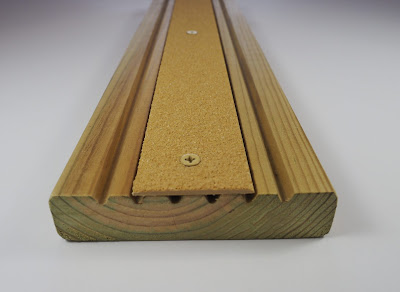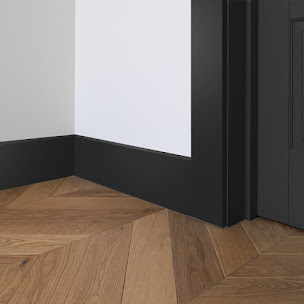Troubleshooting Common Decking Strip Problems
Anti-slip Decking Strips are great products used to provide increased safety and extended life to exterior decks, mainly for high-traffic areas or areas exposed to moisture. It serves the proper purpose, even though the deck boards may still be subjected to some sort of problems, perhaps because of improved safety and low aesthetic value.
Peeling or Lifting Strips
Issues
This happens mostly due to poor bonding of the decking strips, weather conditions, or bad installation. The problem can also be caused by sun exposure & moisture damage that results in warping & cracking.
Solutions
There should be a recommendation for outdoor strong adhesive. The deck needs to be clean, dry, and free from dirt before installing the pieces. This will be better if it's installed during good weather conditions. Extreme hot or cold weather can easily damage the adhesive. Consider screwing or clipping some pieces with glue in high-traffic areas to hold it more securely. Always keep a check on the adhesive that needs to be fixed or even replace the broken pieces.
Slippery Surface
Issues
- Deck boards go non-slip
- Wear
- Dirt build-up
- Algae growing
Solutions
Clean the strips with a stiff brush, warm soapy water & mild cleaner as a regular process to remove dirt & algae. If the strips are worn then apply a matching non-slip covering or replace the strips. Treat surrounding deck strips with anti-algae treatments to limit growing of the slippery stuff.
Color Fade
Causes
Prolonged sun exposure & bad weather can fade deck boards, deteriorating their good looks.
Solutions
Go for Anti Slip Decking Strips for decking boards in UV-resistant materials to reduce the effect of color fading. Apply UV-ray-repelling sealant to keep colors on strips bright for longer. Replace old strips to keep up the good looks of the deck.
Water Accumulation
Poor installation or drainage can cause water pooling near the deck boards, which will increase the wear & tear and likelihood of slips.
Solutions
A design should have a slight angle on the deck to let the water drain off without difficulty. A well-sealed gaps between the strips and the decking prevents water from seeping underneath. Clear the deck of debris to prevent water from collecting and forming pools. This avoids clogs.
Brittle or Cracked Strips
Problems
An exposure to very hot or cold temperatures, or too much sun, can make the deck boards crack or get fragile
Solutions
- Buy durable, weatherproof strips
- Inspect the strips at seasonal changes & replace any showing cracks
- Use shade structures & protective coverings to reduce exposure to harsh weather
Incorrect Installation And Alignment
Issues
Incorrectly installed decking boards can make you trip & ruin the look of the deck
Solutions
Always follow the set-up instructions by the manufacturer. Square guides or designs should be used to ensure the setup is done in order. If in doubt call a professional installer for an excellent job.
Debonding Due to Expansion And Contraction
A typical shrinkage & swelling can make the decking boards debond or loose
Solutions
Adaptable glues are needed because they have to deal with shifting without losing their grip. There needs to be room for growth & shrinking; leave the space during setup. Always be doing routine checks on the strips for signs of movement and handle problems promptly. Anti Slip Strips For Decking make decks non slippery and attractive.




Comments
Post a Comment